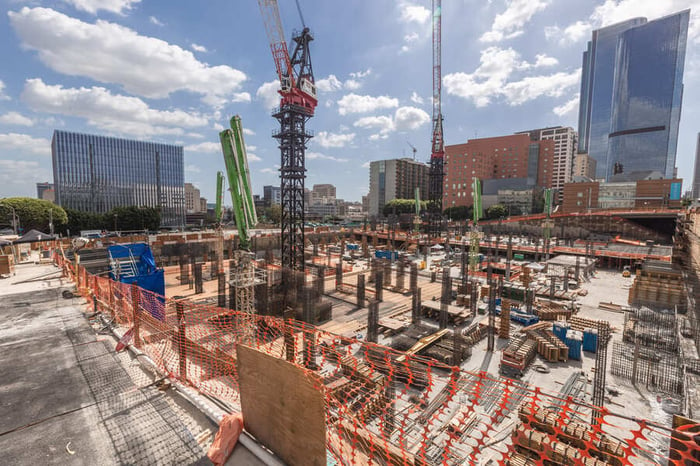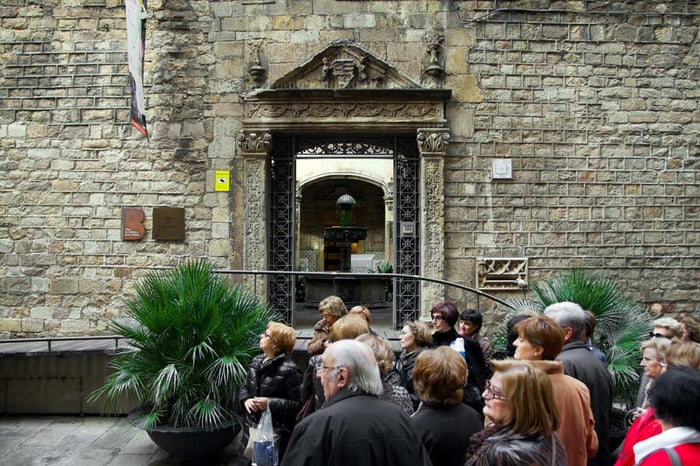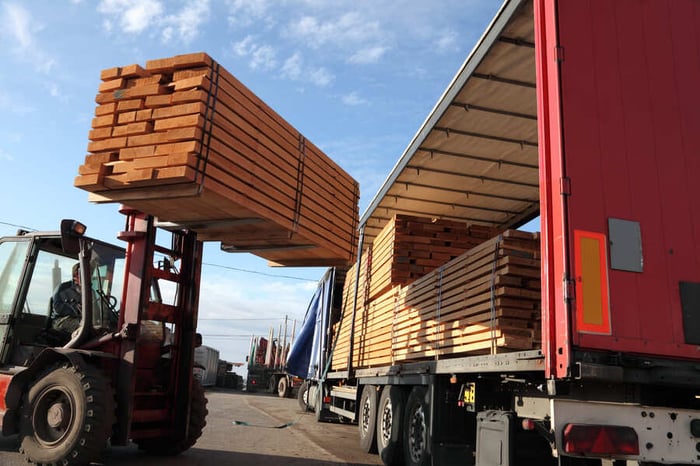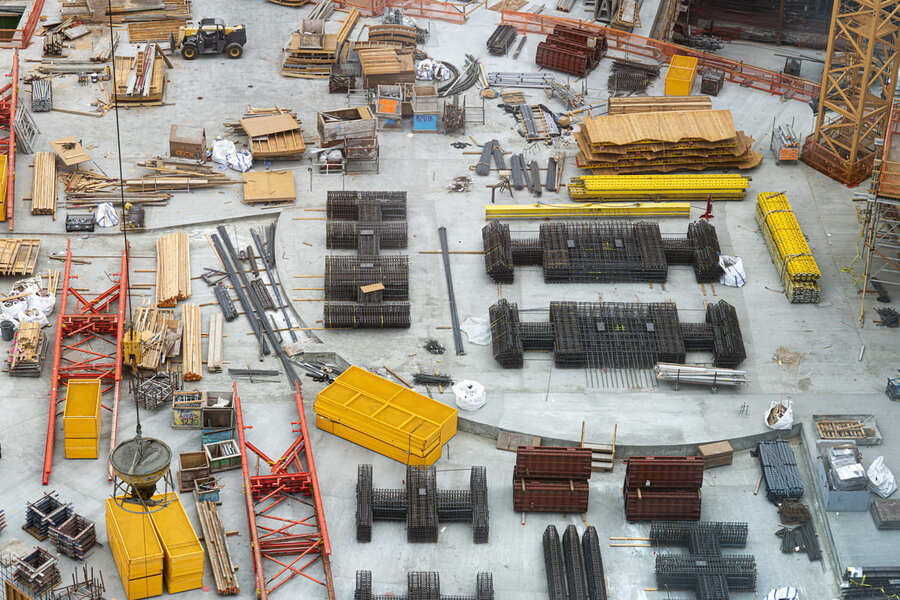Sustainability certifications, with their different criteria for evaluating the sustainability of materials, have led many manufacturers to consider improvements in their manufacturing processes that allow them to meet all the environmental requirements demanded by these.
It is well known that construction is "one of the most material-intensive sectors". According to several studies, such as that of the Polytechnic University of Catalonia, it consumes up to 60% of the resources extracted from the planet. In this post we look at the tools available for choosing a material and assessing its environmental impact from different points of view, as there are numerous certificates and issues to consider in building when choosing an ecological material.
What criteria should ecological materials have in sustainable building?

A fundamental part to consider for a building to be sustainable is the materials. When we choose a construction material, in addition to its performance, we must know in detail its local impact (pollutants, emission of volatile organic compounds, etc.) and the environmental impact of its production cycle, what resources are consumed and what environmental impacts it generates. We will be able to identify eco-friendly materials because they contain recycled material, are easily recyclable, and do not contain pollutants or substances harmful to health.
The different sustainability certifications take into account in different ways the specification of ecological materials in the evaluated buildings. For this purpose, a project-specific catalogue of materials must be drawn up for each project according to the type of certification. The catalogue allows you to determine which materials are needed to meet the requirements of the certification accurately, choosing those materials in each project that will be easiest to obtain.
At Zero Consulting we have implemented a working methodology that allows us to work from a very early stage starting with BIM modelling. Based on this modelling, a catalogue of materials is drawn up to evaluate which materials must comply with the requirements of the sustainability certifications in parallel to the design process.
The types of certificates that we can find are grouped into four main areas, which are the following:
Certification of the production process
It is about certifying that the manufacturer and the production process comply with environmental criteria verified by third parties. Specifically, the following certifications:
- The ISO 14001 Certificate. This is an Environmental Management System (EMS) applied by manufacturers in their production process that must measure the environmental impact of the process and reduce it.
- GRI Certification (Global Reporting Initiative). It is a certificate promoted by an international organization that introduces sustainability reports as a standard practice among companies. This organization has created the most widely used framework worldwide for the preparation of sustainability reports for those companies that wish to evaluate their economic, environmental, and social performance.
- PEFC (Programme for the Endorsement of Forest Certification) and FSC (Forest Steward Council) certificates, both stamps guarantee that the wood used in the construction materials comes from sustainably managed forests. These certificates must also have a chain of custody that allows tracing the origin of the wood used from the beginning.
Measurement of environmental impacts through EPD (DAP)
On the other hand, we have Environmental Product Declarations (EPD), which provide quantified and verified information on the emissions of the entire life cycle of the product. The EPD is a very valuable document to know the true environmental performance of a material, as it provides information on the emissions that have been produced per unit of material (per tonne, per cubic metre or per square metre). EPDs help technicians to choose sustainable materials and to understand the environmental impacts associated with them (material's carbon footprint, ozone depletion potential, acidification, eutrophication, etc.). They allow us to compare values between different manufacturers and types of products in order to select a material with less environmental impact.
Emissions of harmful chemicals for people

Thanks to the use of eco-friendly materials that meet the stated requirements, we can obtain significant environmental benefits:
- They minimize the use of resources. 2500 kg of materials* are used for each new square metre built. To this must be added the large amount of waste generated in its production, as well as the waste during the construction phase. Using resources efficiently involves reducing the use of new materials, recovering and reusing materials and existing structures, or using durable materials.
- Less ecological impact. They are sustainably extracted, and minimally processed products —and therefore associated with less hidden waste—, with low embodied energy, produced with energy from renewable sources, non-polluting and low water use.
- Low or no risks to health and the environment. They do not harm humans or the natural environment in any of the phases of their life cycle (manufacturing, use, and disposal). These are low emitting materials that do not contain toxic chemicals or by-products.
- Of companies with sustainable social and environmental interests. Products from companies that take responsibility for the impact their actions have on the planet and human health.
- More affordable materials. Many of these products can be local, sourced from the environment, and therefore do not require investment in complex technologies or transport.

Products in sustainable building. The materials platform in GBCe
Our buildings are constructed with materials of very diverse origin, type, and functionality. Based on sustainability certifications, we can analyse how these and the construction systems contribute to sustainability. The GBCe's materials platform compiles products and building systems together with their contribution to sustainability based on the main certifications in Spain (BREEAM, LEED and VERDE). A showcase of construction products that meet the standards of sustainable building certifications.
The platform provides all the information in a visual, clear, and organized manner. It functions as a database, making it easier for professionals (planners, architects, engineers, consultants and evaluators) to choose materials. It also makes available to users the documentation from manufacturers, suppliers, installers, etc., required to certify a building, and allows users to search for materials according to the benefits they provide in six areas:
- Plot and mobility.
- Energy and atmosphere.
- Natural resources.
- Indoor climate quality.
- Social and economic aspects.
- Innovation.
The objective of the specification of ecological construction materials is to reduce the impact on the environment of the new construction, decreasing the footprint of the building. The sustainable certifications are of great help in promoting the specification of such materials. These serve as a guide for evaluating all issues and criteria when choosing materials. Products that meet sustainability standards, are safer, and offer multiple advantages over traditional materials.
*Data source: Borsani, M. S. (2011). Ecological materials: strategies, scope, and application of ecological materials as generators of sustainable urban habitats.


